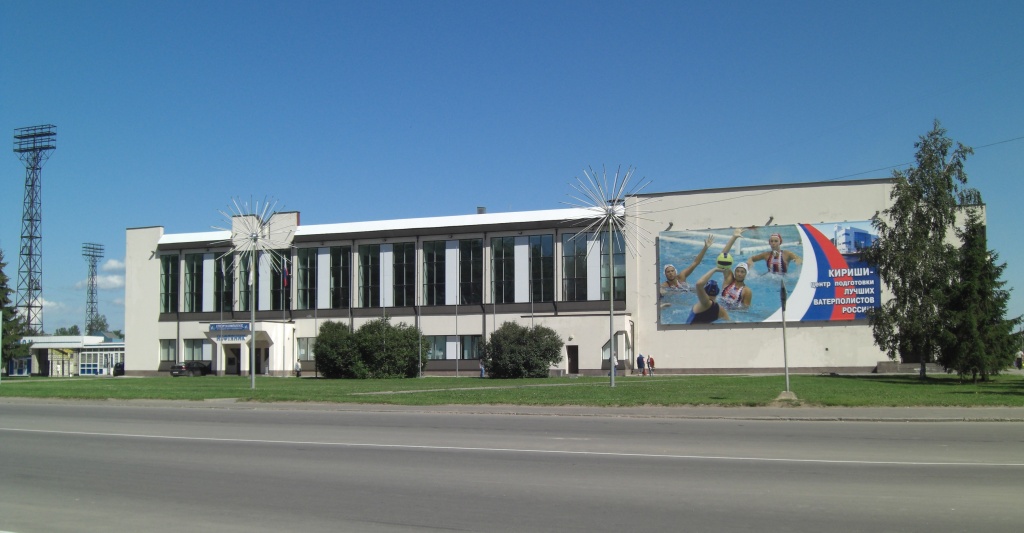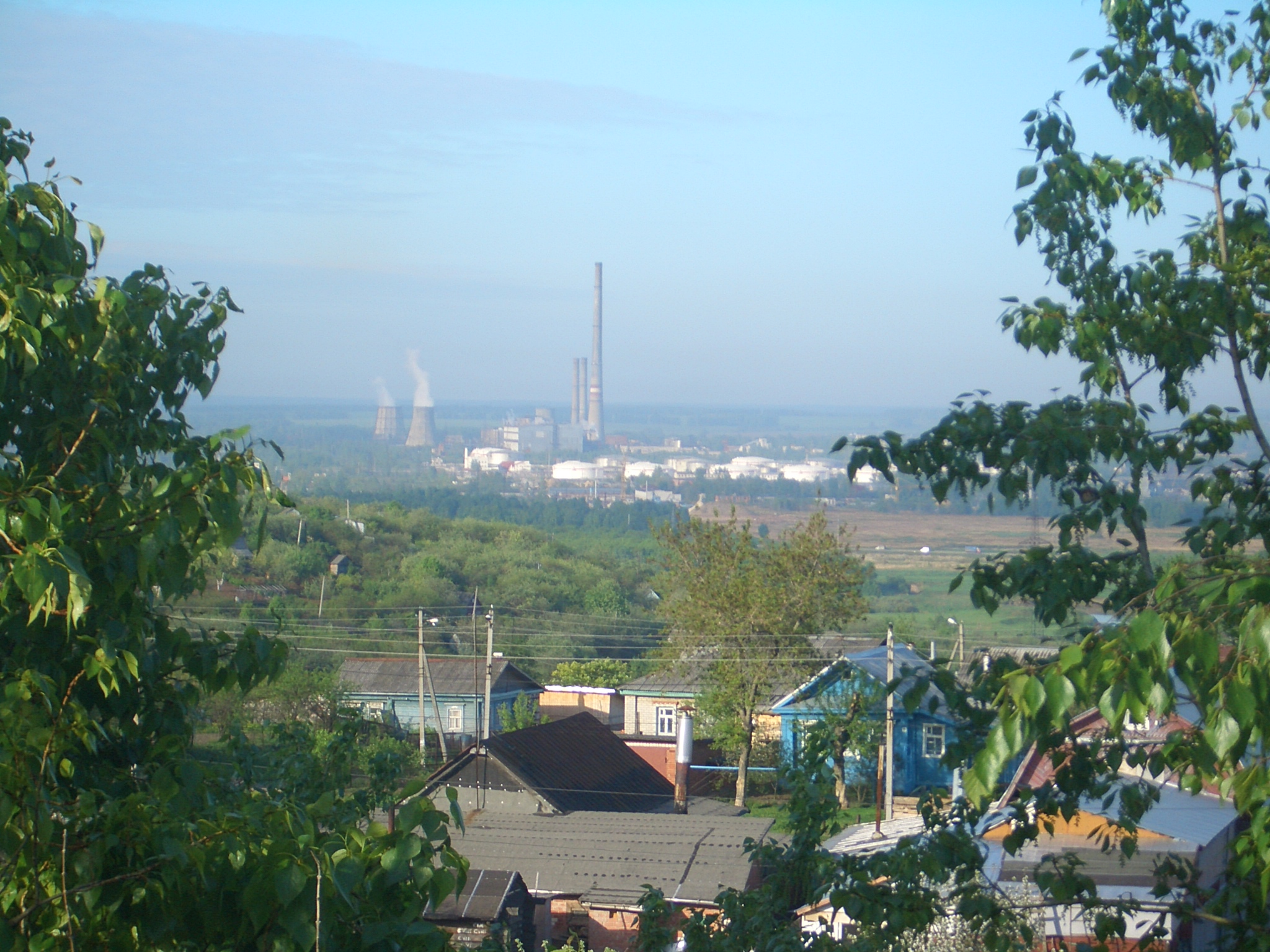|
Single-cell Protein
Single-cell proteins (SCP) or microbial proteins refer to edible unicellular microorganisms. The biomass or protein extract from pure or mixed cultures of algae, yeasts, fungi or bacteria may be used as an ingredient or a substitute for protein-rich foods, and is suitable for human consumption or as animal feeds. Industrial agriculture is marked by a high water footprint, high land use, biodiversity destruction, general environmental degradation and contributes to climate change by emission of a third of all greenhouse gases; production of SCP does not necessarily exhibit any of these serious drawbacks. As of today, SCP is commonly grown on agricultural waste products, and as such inherits the ecological footprint and water footprint of industrial agriculture. However, SCP may also be produced entirely independent of agricultural waste products through autotrophic growth. Thanks to the high diversity of microbial metabolism, autotrophic SCP provides several different modes of growth, ... [...More Info...] [...Related Items...] OR: [Wikipedia] [Google] [Baidu] |
Microorganism
A microorganism, or microbe,, ''mikros'', "small") and ''organism'' from the el, ὀργανισμός, ''organismós'', "organism"). It is usually written as a single word but is sometimes hyphenated (''micro-organism''), especially in older texts. The informal synonym ''microbe'' () comes from μικρός, mikrós, "small" and βίος, bíos, "life". is an organism of microscopic size, which may exist in its single-celled form or as a colony of cells. The possible existence of unseen microbial life was suspected from ancient times, such as in Jain scriptures from sixth century BC India. The scientific study of microorganisms began with their observation under the microscope in the 1670s by Anton van Leeuwenhoek. In the 1850s, Louis Pasteur found that microorganisms caused food spoilage, debunking the theory of spontaneous generation. In the 1880s, Robert Koch discovered that microorganisms caused the diseases tuberculosis, cholera, diphtheria, and anthrax. Because mi ... [...More Info...] [...Related Items...] OR: [Wikipedia] [Google] [Baidu] |
Microbes
A microorganism, or microbe,, ''mikros'', "small") and ''organism'' from the el, ὀργανισμός, ''organismós'', "organism"). It is usually written as a single word but is sometimes hyphenated (''micro-organism''), especially in older texts. The informal synonym ''microbe'' () comes from μικρός, mikrós, "small" and βίος, bíos, "life". is an organism of microscopic size, which may exist in its single-celled form or as a colony of cells. The possible existence of unseen microbial life was suspected from ancient times, such as in Jain scriptures from sixth century BC India. The scientific study of microorganisms began with their observation under the microscope in the 1670s by Anton van Leeuwenhoek. In the 1850s, Louis Pasteur found that microorganisms caused food spoilage, debunking the theory of spontaneous generation. In the 1880s, Robert Koch discovered that microorganisms caused the diseases tuberculosis, cholera, diphtheria, and anthrax. Because micr ... [...More Info...] [...Related Items...] OR: [Wikipedia] [Google] [Baidu] |
Calysta
Calysta is a multinational biotechnology firm based in San Mateo, California. The company develops industrial processes that utilize microorganisms to convert methane into protein for seafood, livestock feed and other food ingredients. It operates a demonstration plant in Teesside, England, that uses methanotroph bacteria to convert methane into single cell protein currently approved for use in fish and livestock feed in the European Union. The firm is a spinout of DNA 2.0, the largest US-based provider of synthetic genes for industrial and academic use. History Calysta was founded in 2012 in Menlo Park, California by Josh Silverman, and is led by CEO Alan Shaw. By June 2013, the firm began working with NatureWorks to use methane fermentation to produce lactic acid. However, its main technology is based on a similar method developed in the 1980s by Statoil, an unrelated and state-owned energy company in Norway. In 2014, Calysta purchased and further developed the technology ... [...More Info...] [...Related Items...] OR: [Wikipedia] [Google] [Baidu] |
Mycoprotein
Mycoprotein (lit. "fungus protein") is a form of single-cell protein, also known as fungal protein, derived from fungi for human consumption. The only commercial mycoprotein is marketed under the brand name Quorn, currently sold in 17 countries. It is a fermented product with a doughy consistency and slight mushroom flavor. Quorn was approved for use in the United Kingdom in 1983 and the United States in 2001. Though it is generally well tolerated, some studies indicate that mycoprotein may cause allergic reactions in some people. History The only mycoprotein on sale in Europe and North America is called Quorn, created from ''Fusarium venenatum.'' In the 1960s ''F. venenatum'' was identified by the British company, Rank Hovis McDougall, as a potential protein source for humans. ''F. venenatum'' was one of more than 3,000 species of fungi screened during a three-year period for being cheap to reproduce in fungiculture, nutritious, and palatable. Concerns for pathogen-potentia ... [...More Info...] [...Related Items...] OR: [Wikipedia] [Google] [Baidu] |
Fusarium Venenatum
''Fusarium venenatum'' is a microfungus of the genus ''Fusarium'' that has a high protein content. One of its strains is used commercially for the production of the single cell protein mycoprotein Quorn. ''Fusarium venenatum'' was discovered growing in soil in Buckinghamshire in the United Kingdom, in 1967 by ICI as part of the effort during the 1960s to find alternative sources of food to fill the protein gap caused by the growing world population.From petri dish to plate: The £172m fungi published 2005-06-07, accessed 2011-06-27 It was originally misidentified as '' |
Meat Analogue
A meat alternative or meat substitute (also called plant-based meat or fake meat, sometimes pejoratively) is a food product made from vegetarian or vegan ingredients, eaten as a replacement for meat. Meat alternatives typically approximate qualities of specific types of meat, such as mouthfeel, flavor, appearance, or chemical characteristics. Plant- and fungus-based substitutes are frequently made with soy (e.g. tofu, tempeh, and textured vegetable protein), but may also be made from wheat gluten as in seitan, pea protein as in the Beyond Burger, or mycoprotein as in Quorn. Meat alternatives are typically consumed as a source of dietary protein by vegetarians, vegans, and people following religious and cultural dietary laws. However, global demand for sustainable diets has also increased their popularity among non-vegetarians and flexitarians seeking to reduce the environmental impact of meat production. Meat substitution has a long history. Tofu was invented in China as ear ... [...More Info...] [...Related Items...] OR: [Wikipedia] [Google] [Baidu] |
Quorn
Quorn is a brand of meat substitute products, or the company that makes them. Quorn originated in the UK and is sold primarily in Europe, but is available in 14 countries. The brand is owned by parent company Monde Nissin. Quorn is sold as both a cooking ingredient and as a meat substitute used in a range of prepackaged meals. All Quorn foods contain mycoprotein as an ingredient, which is derived from the ''Fusarium venenatum'' fungus. In most Quorn products, the fungus culture is dried and mixed with egg albumen, which acts as a binder, and then is adjusted in texture and pressed into various forms. A vegan formulation also exists that uses potato protein as a binder instead of egg albumen. History Quorn was launched in 1985 by Marlow Foods, a joint venture between Rank Hovis McDougall (RHM) and Imperial Chemical Industries (ICI) Microbial biomass is produced commercially as single-cell protein (SCP) for human food or animal feed and as viable yeast cells for the baking in ... [...More Info...] [...Related Items...] OR: [Wikipedia] [Google] [Baidu] |
Kirishi
Kirishi (russian: Ки́риши, ) is a town and the administrative center of Kirishsky District in Leningrad Oblast, Russia, located on the right bank of the Volkhov River, southeast of St. Petersburg. Population: It was previously known as ''Soltsy'' (until 1931). Etymology The name of the town originates from the Kirisha River (previously known as Kiresha), a tributary of the Volkhov River. History It was first mentioned in 1693. Since 1727, it was a part of Novoladozhsky Uyezd of Novgorod Governorate, later of St. Petersburg Governorate. In 1922–1923, the uyezd was renamed Volkhovsky. Before 1931, Kirishi was known as Soltsy. On August 1, 1927, the uyezds were abolished and Andreyevsky District, with the administrative center in the '' selo'' of Andreyevo, was established. The governorates were also abolished and the district became a part of Leningrad Okrug of Leningrad Oblast. Kirishi became a part of Andreyevsky District. On September 30, 193 ... [...More Info...] [...Related Items...] OR: [Wikipedia] [Google] [Baidu] |
Kstovo
Kstovo (russian: Ксто́во) is a town and the administrative center of Kstovsky District in Nizhny Novgorod Oblast, Russia, located on the right bank of the Volga River, southeast of Nizhny Novgorod, the administrative center of the oblast. Population: Etymology The place name is said to have originated from the Mordvin ''ksty'', meaning "strawberry". History The village of Kstovo was mentioned as early as the 14th century. With the construction of Novogorkovsky Oil Refinery, which started operations on August 18, 1958,) a new settlement was built a few kilometers to the northwest of the old village of Kstovo, on the high ground between the Volga and the Kudma Rivers. Since then, the western part of the town centered on the original village of Kstovo, and, still quite rural in character, has been commonly referred to as the Old Kstovo (''Staroye Kstovo''), while the newer eastern part, built in the 1950s and still expanding, is known as the New Kstovo (''Novoye Ks ... [...More Info...] [...Related Items...] OR: [Wikipedia] [Google] [Baidu] |
Soviet Union
The Soviet Union,. officially the Union of Soviet Socialist Republics. (USSR),. was a transcontinental country that spanned much of Eurasia from 1922 to 1991. A flagship communist state, it was nominally a federal union of fifteen national republics; in practice, both its government and its economy were highly centralized until its final years. It was a one-party state governed by the Communist Party of the Soviet Union, with the city of Moscow serving as its capital as well as that of its largest and most populous republic: the Russian SFSR. Other major cities included Leningrad (Russian SFSR), Kiev (Ukrainian SSR), Minsk ( Byelorussian SSR), Tashkent (Uzbek SSR), Alma-Ata (Kazakh SSR), and Novosibirsk (Russian SFSR). It was the largest country in the world, covering over and spanning eleven time zones. The country's roots lay in the October Revolution of 1917, when the Bolsheviks, under the leadership of Vladimir Lenin, overthrew the Russian Provisional Government ... [...More Info...] [...Related Items...] OR: [Wikipedia] [Google] [Baidu] |
UNESCO Science Prize
The UNESCO Science Prize is a biennial scientific prize awarded by the United Nations Educational, Scientific and Cultural Organization (UNESCO) to "a person or group of persons for an outstanding contribution they have made to the technological development of a developing member state or region through the application of scientific and technological research (particularly in the fields of education, engineering and industrial development)." The candidates for the Science Prize are proposed to the Director-General of UNESCO by the governments of member states or by non-governmental organization A non-governmental organization (NGO) or non-governmental organisation (see spelling differences) is an organization that generally is formed independent from government. They are typically nonprofit entities, and many of them are active in h ...s. All proposals are judged by a panel of six scientists and engineers. The prize consists of , an Albert Einstein Silver Medal, and is award ... [...More Info...] [...Related Items...] OR: [Wikipedia] [Google] [Baidu] |


.jpg)

.jpg)

